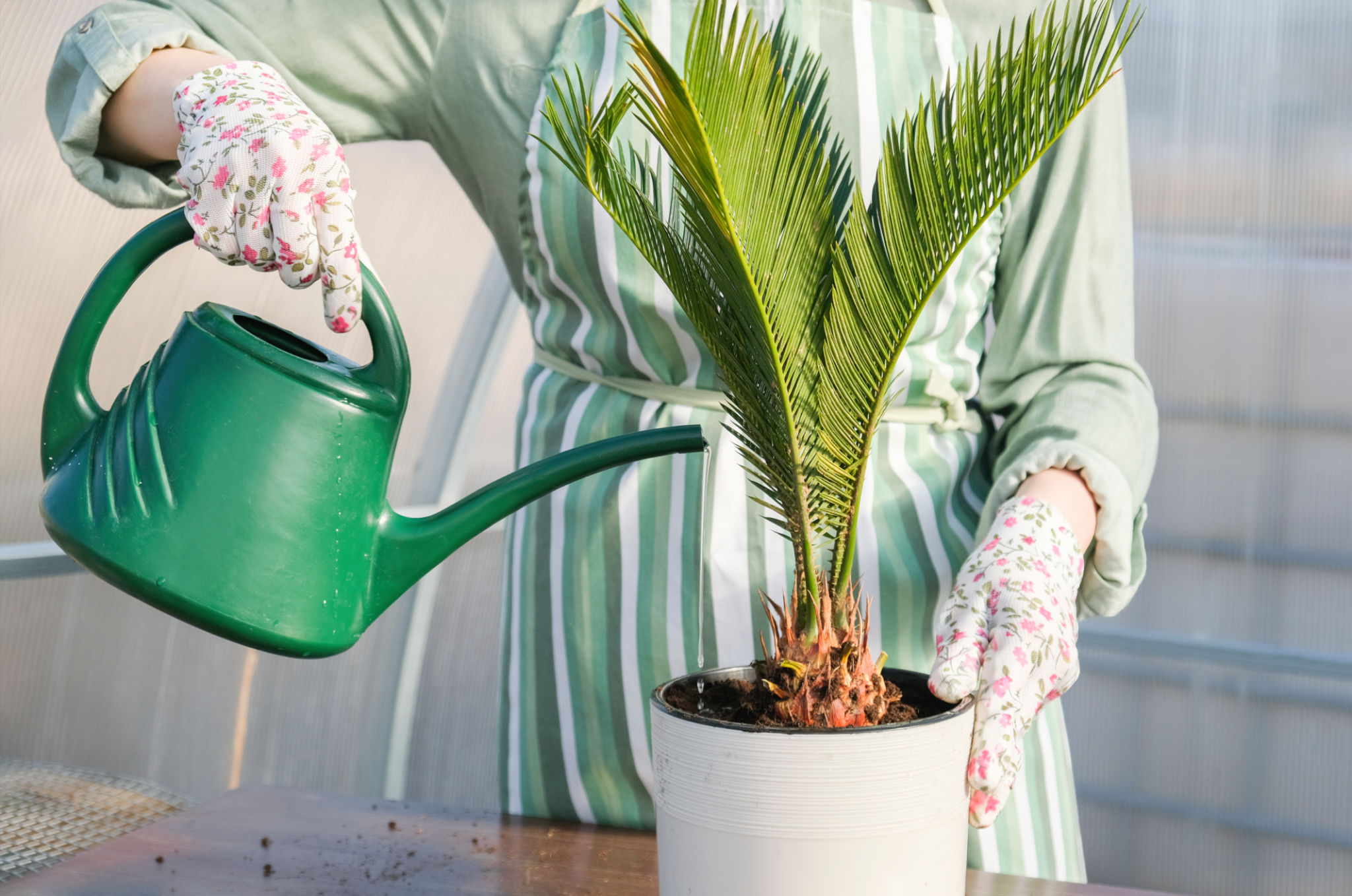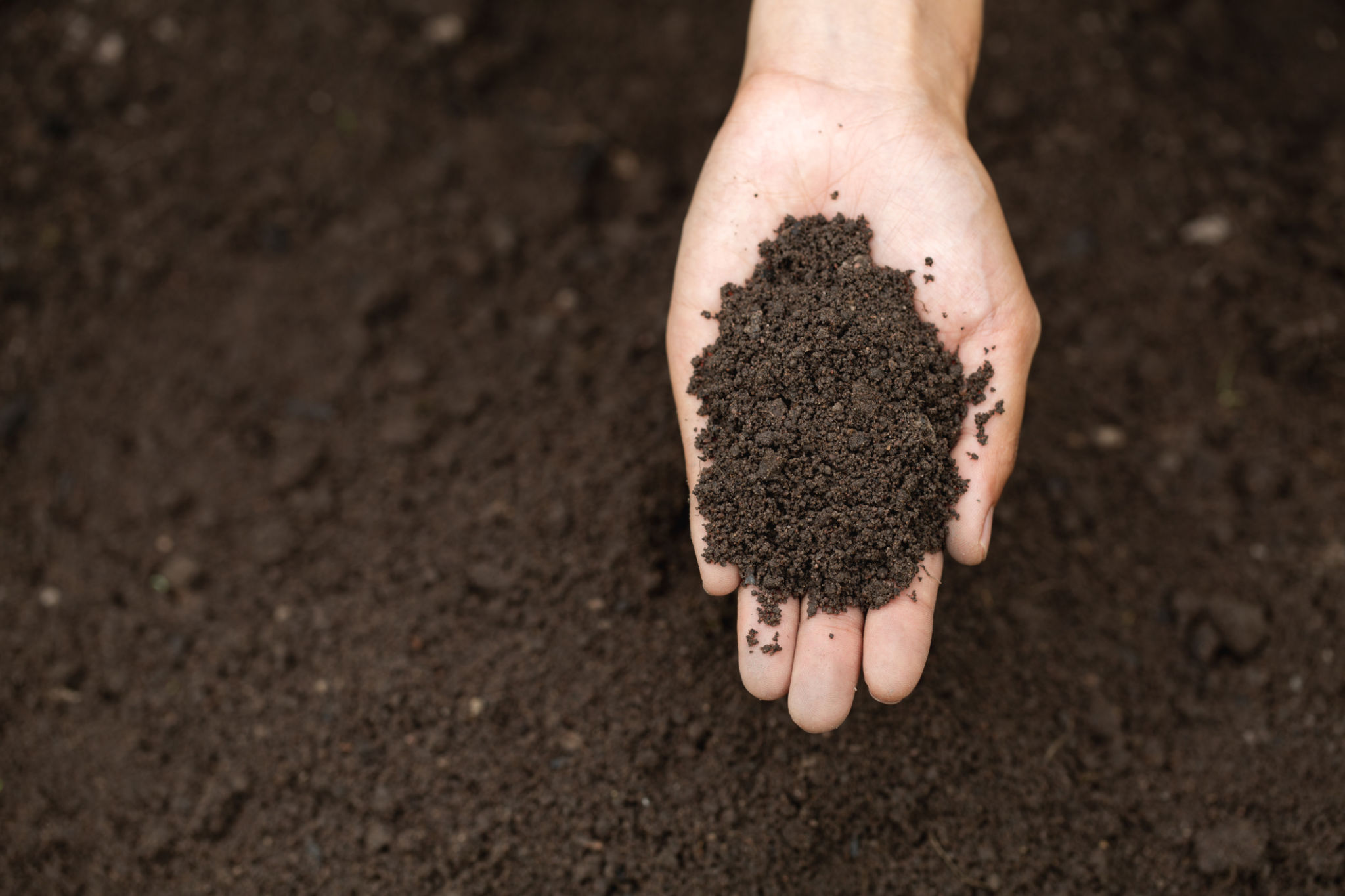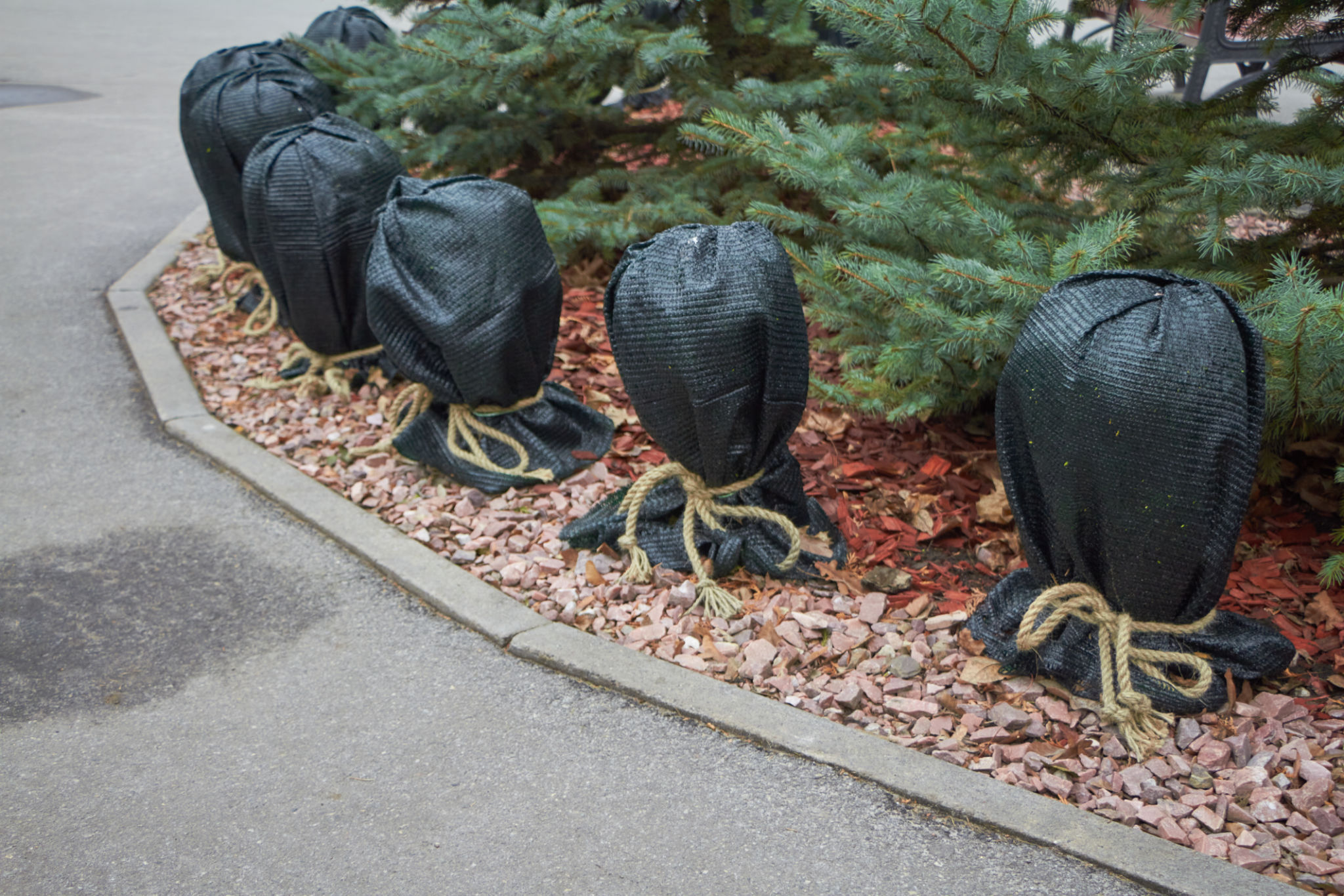DIY Palm Tree Care: Expert Tips from B&G Landscaping
Understanding Your Palm Tree
Palm trees are iconic symbols of tropical climates, but they can also thrive in a variety of environments with the right care. Understanding the specific needs of your palm species is crucial for its health and longevity. Each type of palm has unique requirements in terms of sunlight, soil, and water. Research your specific palm species to ensure you’re meeting its needs.
Most palms prefer well-draining soil and ample sunlight. However, some can thrive in partial shade or even indoors. Pay attention to the leaves, as they can indicate the health of your palm. Yellowing or browning leaves may be a sign of nutritional deficiencies or improper watering.

Watering Techniques
Proper watering is essential for palm tree health. Overwatering is a common mistake and can lead to root rot. Conversely, under-watering can cause the leaves to dry out and turn brown. The key is to find a balance by allowing the soil to dry out slightly between waterings.
To determine when to water, check the soil moisture a few inches below the surface. If it feels dry, it’s time to water. During the growing season, palms generally need more water, while in the cooler months, their water needs decrease. Use a deep watering technique to ensure the roots get enough moisture.

Fertilizing Your Palm Tree
Fertilizing your palm tree ensures it has all the nutrients it needs to grow strong and healthy. Use a specially formulated palm fertilizer that contains essential nutrients such as nitrogen, potassium, and magnesium. These elements support lush green foliage and robust trunk growth.
Apply fertilizer during the growing season, typically from spring through early fall. Follow the product instructions for proper application amounts and frequency. Over-fertilizing can harm your palm, so it’s important to adhere to recommended guidelines.

Pruning and Maintenance
Regular pruning helps maintain the aesthetic appeal and health of your palm tree. Remove dead or dying fronds close to the trunk using clean, sharp tools to prevent damage and disease. However, avoid over-pruning as this can stress the tree and make it susceptible to pests and diseases.
In addition to pruning, keep an eye out for pests like spider mites or scale insects. If you notice any infestations, treat them promptly with appropriate insecticides or natural remedies.
Protection from Cold Weather
Palm trees are generally sensitive to cold temperatures. If you live in an area with occasional frost or cold snaps, it's important to take measures to protect your palms. During cold spells, cover smaller palms with burlap or frost cloth.
For larger trees, consider wrapping the trunk with insulation material or using heat lamps if necessary. Keeping the base of the tree well-mulched can also help retain warmth around the roots.

Conclusion
Caring for palm trees requires attention to their specific needs but is incredibly rewarding. With proper watering, fertilization, pruning, and protection techniques, your palms can thrive and add beauty to your landscape for years to come. For more personalized advice or professional assistance, consider reaching out to B&G Landscaping for expert guidance tailored to your garden’s unique requirements.